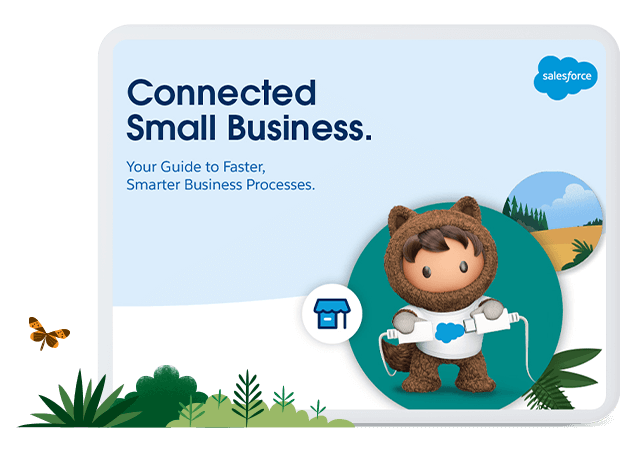The rise of remote and hybrid working has led to an increase in a concept called shadow IT, where workers use their own personal technology or tools for their everyday work. While there’s been plenty of hand wringing about the security risks of shadow IT, there’s another side of the coin to consider, as well: productivity.
Let’s have a look at what shadow IT consists of, and how SMEs can use it to create better processes, identify skills gaps and free up the workforce.
What is shadow IT?
Shadow IT refers to the use of technologies that haven’t been approved by a business or IT department. For instance, if workers are using personal laptops or third-party apps in their work, they’re operating in the world of shadow IT.
Working off the sanctioned grid not only creates a universe of decentralised data; it poses security risks. It’s no surprise, then, that many businesses are prioritising the elimination of shadow IT and imposing a lockdown on personal devices.
What risks does shadow IT present?
Shadow IT poses a number of potential challenges for businesses, including –
Security concerns. A report from Forbes insights reveals that over 20% of companies have experienced a cyber event due to non-sanctioned technology. According to the same study, over 45% of executives say that shadow IT makes it impossible to continuously protect all of their data and systems, and only 42% are confident that their business could recover from a major cyber event without it having a significant impact.
A proliferation of rogue data. It’s critical for SMEs to centralise their data so that it can be used to fuel business intelligence. It’s estimated that up to 90% of data is unstructured and free floating, meaning that it’s value can’t be properly extracted. The data created from shadow IT, however, is not only being wasted – it can be harmful.
Issues with version control. One of the key focuses of businesses in the new normal is remote collaboration. But collaboration is dependent on everyone having access to the same information, preferably in real time. If some team members are working on personal devices or using bespoke platforms or apps, it will be difficult to establish a single source of truth.
Permanent data loss. Let’s say your employees are using their own devices or third-party apps and then they leave the business. All that business intel, passwords, and confidential client data can walk out the door with them, leaving you and your customers open to leaks and hacks.
Why does shadow IT exist?
Workers that are turning to these tools aren’t doing so for malicious reasons, they’re doing it to save time and do their job better – without having to wait for IT approval. Cloud computing, consumer tech and productivity apps have grown in popularity since the remote-working boom began, and many of those habits have followed workers back to the office.
Most of the tools being used aren’t ‘shadowy’ at all: they’re some of the most widely used solutions around. Tools such as Skype, Trello, WhatsApp, Dropbox and Slack are popular for a reason: they’re easy and efficient. The difference is that users are using their own accounts that don’t have the same level of security or oversight that ensure the data stays within the work environment.
Tips for managing shadow IT in your small business
Educate the workforce. Leverage digital training tools to help the workforce understand the value of cyber-security and the importance of regulatory compliance, as well as cultivate a culture of innovation. You can even create custom learning paths on Trailhead, our gamified learning platform.
Be educated by the workforce. Have a company-wide meeting to discuss individual pain points, recurring IT issues and productivity bottlenecks. It’s possible that the workforce is turning to shadow IT because there’s a gap between what they need to do their job effectively, and what the IT department is actually giving them.
Create bespoke solutions. Once you’ve identified some potential problem areas – and the personal solutions that workers are using to address them – you can set about creating tools and processes to fill the gaps. It’s easier than ever to build an app, even with no prior experience.
Connect business processes. Connecting processes will help you keep all departments and functions on the same page, even when apart. Connecting processes have been one of the top small business trends since the pandemic began, as roles have evolved and agility has become more important. Now, siloed departments are increasingly rare, and connected processes are helping reduce the need for unsanctioned IT solutions.
Consider digital transformation. Digital transformation has gone from being a competitive differentiator to being an imperative. But if your business is still operating in a more analogue world, your workforce may be using shadow IT to go digital themselves. After all, we’re firmly in a digital-first world, and the boundaries between preferences for personal technology and preferences for work technology are quickly vanishing.
Shadow IT can be a learning experience
Once you’ve identified the unsanctioned tools, systems and processes that have been introduced into your business, you can begin to centralise the data and information they contain. Once this data is structured, it can be used to provide insights to sales and service teams and enable more efficient collaboration. Most importantly, it can be secured to avoid data breaches, meet compliance guidelines and improve endpoint visibility of remote workers.
Shadow IT can be a learning experience. After all, when using unapproved tools and processes, the workforce is often responding to inefficiency. Occasionally, a business’s desire to lockdown its data can create productivity bottlenecks and make simple tasks difficult.
By seeing where shadow IT solutions are being leveraged, businesses can create their own approved solutions. For instance, the use of file-sharing tools like Google docs could potentially pose security concerns, but businesses can leverage their own customisable tools to accomplish the same thing – and more.
To see more about how your business can transform its processes, secures its data and empower its workforce, download our free eBook, The Connected Small Business: Your Guide to Faster, Smarter Business Processes.






